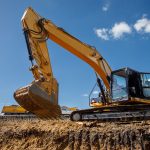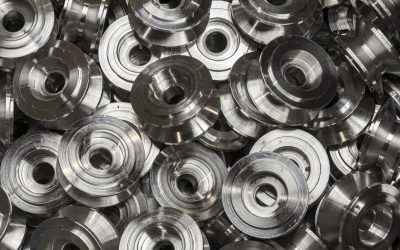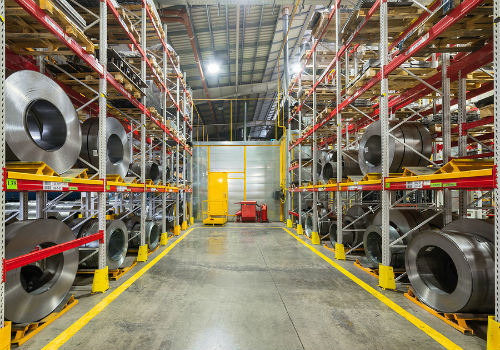Vibratory Polishing is another form of mass finishing or rather a specific form of mass finishing. This particular finishing process is a for chemically or mechanically deburring, smoothing, radius as well as degreasing of mass manufactured parts and products. Vibratory Polishing is extremely versatile in that any size or any shape workpiece can undergo this process.
Mass Finishing
In general, mass finishing is the machining process of parts being submerged in compound and media. Four major design processes are typically used for mass finishing—continuous systems, sequenced process, batch system and single part systems. With continuous systems, the parts are continually discharged in a finished state. The sequenced process, on the other hand, involves running parts through a multitude of mass finishing processes, which creates a finer finish. Batch systems are just that batches or sets of workpieces are processed together. Lastly, single part systems are when large workpieces or parts are processed on an individual basis.
Uses
As previously mentioned, vibratory polishing has many industrial and manufacturing uses. For instance, this process can remove the particles and metal shavings when the mental is machined i.e. deburring. Additionally, this particular process can also be used to smooth surfaces to create an almost reflective finish or to create a product free from any defects as well as any blunt/ sharp edges. Similarly, super-finishing is a form of polishing that creates a high quality smooth and reflective surface. Other common uses include:
* Cleaning – removes grease and containments from components or parts.
* Ball burnishing – produces a bright luster finish using high-intensity and stainless steel balls.
* Pre-plate finishing – smoothes the surface of workpieces before subsequent plating or coating.
* Barreling or Tumbling – deburring or polishing using rotary drum instead of a vibratory vessel.
Benefits
Ultimately, the vibratory process produces a smoother surface, which allows for a component to run cooler, faster and longer. Additionally, a component’s overall finish is uniform in quality and standard. Due to this fact, a component tends to last longer or rather is more durable. Since this particular form of mass finishing essentially increases the overall performance of a component or part, choosing this process is also cost-effective.








